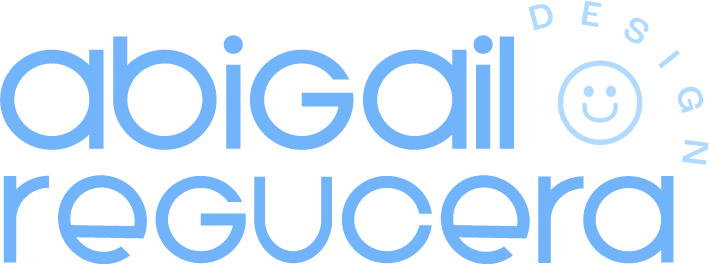Enhancing Client Happiness: An Impressive Onboarding Process
This post may contain affiliate links. I may receive a commission for purchases made through these links (at no cost to you, of course!)
While we can’t always get the perfect client, we can however create the perfect process to onboard a client. You’re probably thinking ‘What’s wrong with just hopping on a call with a prospective client, signing a contract and then starting the work?’ Nothing.
But a streamlined onboarding process makes you look more professional, extremely reliable in the client’s eyes, and adds value to the price that you charge for your work.
The onboarding process can establish a great first impression of you even before you’ve begun the work. Imagine scoring a goody bag of brownie points right off the bat!
The manner in which you onboard your clients sets the tone of your business dealings by offering you the platform to voice your preferences with feedback, payment and personal boundaries. There are many parts to the onboarding process, however if you rely on the tools that I’ve mentioned, it becomes so much easier to execute and allows you more time on small custom details that make your client feel valued.
I will be mentioning Dubsado throughout this article, an end-to-end customer relationship management (CRM) software that keeps your clients in the loop leaving you time to work on their projects. It’s so versatile and is every freelancer’s best friend!
Lead attraction
Have your prospective clients fill in a contact form (it could stem from your CRM) wherein they tell you the nature of their business, their project and how much they expect to pay. This allows you to do your homework on their industry, and the scope of the project within their financial resources before scheduling the first crucial phone call. Keep in mind that you are still the boss. You get to call the shots on refusing to onboard a client if their intent doesn’t align with your goals, current capabilities, or vibe.
Sales Calls
The first phone call with the client (aka, consult or discovery calls) can be a little nail-biting, but it can tell you oodles about how your working relationship with them will pan out. Delve into their expectations, estimated timeline, and width of the project, all while looking out for red flags—are they trying hard to negotiate your rates, or do they clearly know what they want? Ask as many questions as you can think of and ensure that the client is open to giving you answers as and when more questions arise. Give a ballpark quote (leaning to the higher end of the spectrum to give you room for unexpected costs) and determine how comfortable they are with the number. When you get off the call, listen to your gut, like with most things in life.
Proposal
If you do decide to go ahead with this client, congratulations! Now, here’s where you get to show off before the project begins—offer them a proposal.
When I start work with a client, I send them a proposal outlining things such as
Their challenges and goals
Scope of the project
Price
A date when this proposal expires (I give a 2 week timeline from when I send the proposal)
Payment structure and plan
Rough timeline and stages
I send this proposal within 24 hours of the sales call, and touch base with my client before the 48-hour mark to gauge their interest. You can source proposal templates from one6creative.
Contract
No matter how detailed and thorough your proposal is, you MUST have a contract. A contract legally protects you if a client defaults on payment and installs copyright usage around your work. It sets legal margins between each party’s contribution towards the project. For contracts that are customized to every nook and cranny of the project and your industry, get a template contract that is customized for your industry from ContractsMarket, which is run by a Canadian lawyer. Once you have your contract ready to be signed, you can feed it into Dubsado and send it from there. For a creative business owner, a multifaceted CRM system makes life simple and the work enjoyable. Due to their growing popularity, an e-signature made through a CRM is valid and will hold up in court.
Welcome Packet
Now that you officially have your client onboarded, send them a welcome packet which thanks them for choosing you and peels back the layers of the project. In it, you can include:
Educational videos like a walkthrough of how to use a project management system for communication
Detailed timelines
Frequently asked questions
Your contact information and availability
Boundaries
Cost of revisions
Stating your boundaries in this document is so important, for example, I tell them my times of availability so as to keep my personal time sacred. You can source a welcome kit template from one6creative.
Invoicing
As with most other components, you can send your invoices through Dubsado; it allows you to set a payment schedule if the project is to be kicked off with a deposit and is paid in installments after each stage of work.
A streamlined onboarding process engages your client right from the get-go. It builds trust and helps you maintain a work-life balance, keeps the work relationship respectful and exceeds their expectations of you and the work. With the tools and services that I’ve mentioned and a goal-centric focus, client onboarding doesn’t have to feel like another chore or frill around the actual work. It indirectly adds to your brand value, and places you in good standing even with clients whom you may not end up working with.
If your onboarding process impresses the client, they may just refer you to another lead even before you’ve completed the task! Investing in your onboarding process is laying out your runway to growth and client retention.

